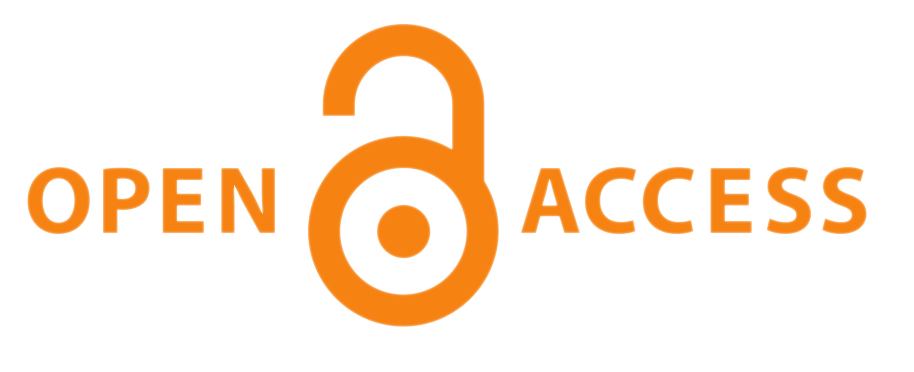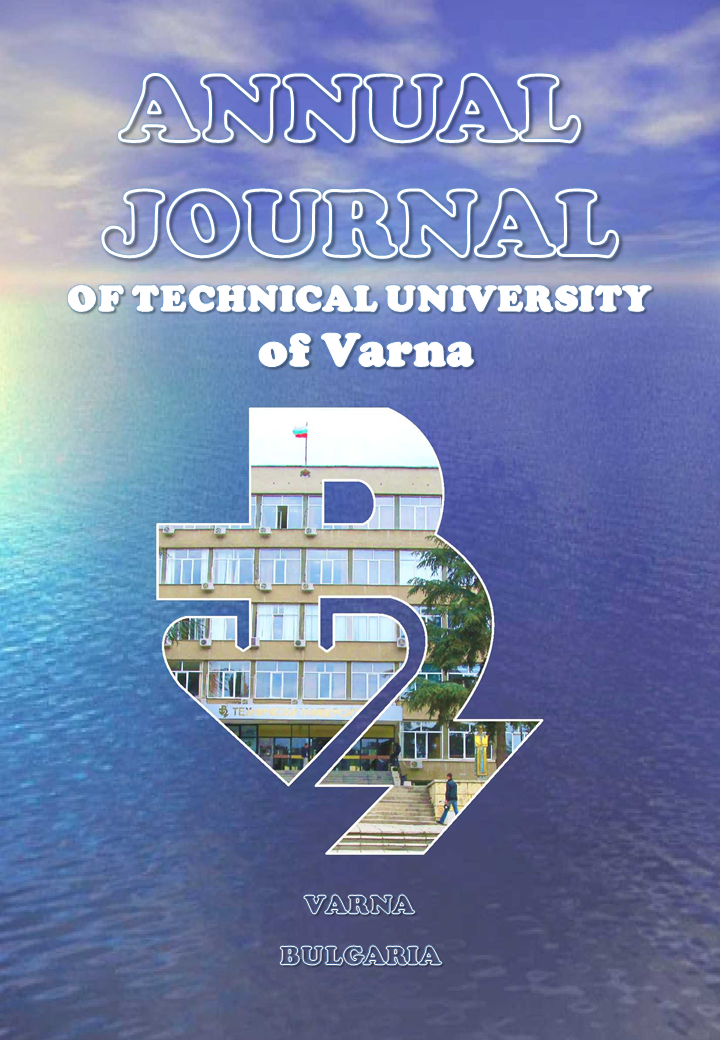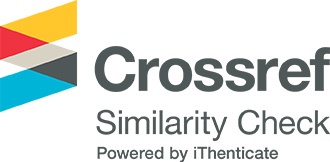Genetic algorithm-based multi-objective optimization model for software bugs prediction
DOI:
https://doi.org/10.29114/ajtuv.vol6.iss1.245Keywords:
software bugs, genetic algorithm, optimization, prediction, machine learningAbstract
The accuracy and reliability of software are critical factors for consideration in the operation of any electronic or computing device. Although, there exist several conventional methods of software bugs prediction which depend solely on static code metrics without syntactic structures or semantic information of programs which are more appropriate for developing accurate predictive models. In this paper, software bugs are predicted using a Genetic Algorithm (GA)-based multi-objective optimization model implemented in MATLAB on the National Aeronautics and Space Administration (NASA) dataset comprising thirty-eight distinct factors reduced to six (6) major factors via the use of the Principal Component Analysis (PCA) algorithm with SPSS, after which a linear regression equation was derived. The developed GA- based multi-objective optimization model was well-tried and tested. The accuracy and sensitivity level were also analyzed for successful bug detection. The results for optimal values ranging from 95% to 97% were recorded at an average accuracy of 96.4% derived through MATLAB-implemented measures of critical similarities. The research findings reveal that the model hereto proposed will provide an effective solution to the problem of predicting buggy software in general circulation.
Downloads
References
<p style="text-align: justify;">Bavisi, S., Mehta, J., & Lopes, L. (2014). A comparative study of different data mining algorithms. <em>International Journal of Current Engineering and Technology</em>, <em>4</em>(5), 3248-3252.</p>
<p style="text-align: justify;">Catal C., Diri, B. (2009). A systematic review of software fault prediction studies. <em>Expert Systems with Applications, 36</em> (4), 7346–7354. <br/><a href="https://doi.org/10.1016/j.eswa.2008.10.027" target="_blank">Crossref</a></p>
<p style="text-align: justify;">Cha, S. H., & Tappert, C. C. (2009). A genetic algorithm for constructing compact binary decision trees. <em>Journal of pattern recognition research</em>, <em>4</em>(1), 1-13. <br/> <a href="https://doi.org/10.13176/11.44"target="_blank">Crossref</a></p>
<p style="text-align: justify;">Challagulla, V. U. B., Bastani, F. B., Yen, I. L., & Paul, R. A. (2008). Empirical assessment of machine learning based software defect prediction techniques. <em>International Journal on Artificial Intelligence Tools</em>, <em>17</em>(02), 389-400.<br/> <a href="https://doi.org/10.1142/S0218213008003947" target="_blank">Crossref</a></p>
<p style="text-align: justify;">Chen, T., & Guestrin, C. (2016). Xgboost: A scalable tree boosting system. <em>Proceedings of the 22nd ACM SIGKDD, International conference on knowledge discovery and data mining</em>, (22), 785-794. <br/><a href="https://doi.org/10.1145/2939672.2939785"target="_blank">Crossref</a></p>
<p style="text-align: justify;">Costa, E. O., de Souza, G. A., Pozo, A. T. R., & Vergilio S. R. (2007). Exploring Genetic Programming and Boosting Techniques to Model Software Reliability. <em>IEEE Transactions on Reliability, (</em>56): 422-434. <br/><a href="https://doi.org/10.1109/TR.2007.903269"target="_blank">Crossref</a></p>
<p style="text-align: justify;">Doval, D., Mancoridis, S. & Mitchell, B. S. (1999). Automatic clustering of software systems using a genetic algorithm. <em>Proc. Conference of Software Technology and Engineering Practice</em>, England, 73-81. <br/><a href="https://doi.org/10.1109/STEP.1999.798481"target="_blank">Crossref</a></p>
<p style="text-align: justify;">Gupta, Dharmendra, L. & Kavita S. (2017). Software bug prediction using object-oriented metrics. <em>Sādhanā (1), </em>1-15.</p>
<p style="text-align: justify;">Haznedar, B. & Kalinli, A. (2016). Training ANFIS Using Genetic Algorithm for Dynamic Systems Identification. <em>Int j Intell Sys appl eng</em>, <em>4</em>(1), 44-47.<br/> <a href="https://doi.org/10.18201/ijisae.266053"target="_blank">Crossref</a></p>
<p style="text-align: justify;">Jaspree, K. (2011). A k-means Based Approach for Prediction of Level of Severity of Faults in Software System. In <em>Proceedings of International conference on Intelligent Computational Systems</em>.</p>
<p style="text-align: justify;">Jureczko, M., & Spinellis, D. (2010). Using object-oriented design metrics to predict software defects. <em>Models and Methods of System Dependability. Oficyna Wydawnicza Politechniki Wrocławskiej</em>, 69-81.</p>
<p style="text-align: justify;">Kim, S., Zhang, H., Wu, R. and Gong, L. (2011). Dealing with noise in defect prediction. <em>Proceeding of the 33rd International Conference on Software Engineering, ICSE</em> (11), 481–490.<br/> <a href="https://doi.org/10.1145/1985793.1985859"target="_blank">Crossref</a></p>
<p style="text-align: justify;">Malhotra, R. & Singh, Y. (2011). On the applicability of machine learning techniques for object-oriented software fault prediction. <em>Software Engineering: An International Journal 1</em>(1), 24-37.</p>
<p style="text-align: justify;">Naidu, M. S., & Geethanjali, N. (2013). Classification of defects in software using decision tree algorithm. <em>International Journal of Engineering Science and Technology</em>, <em>5</em>(6), 1332-1342.</p>
<p style="text-align: justify;">Okutan, A., & Yıldız, O. T. (2014). Software defect prediction using Bayesian networks. <em>Empirical Software Engineering 19</em>(1),154-181. <br/><a href="https://doi.org/10.1007/s10664-012-9218-8"target="_blank">Crossref</a></p>
<p style="text-align: justify;">Peng, Y., Kou, G., Wang, G., Wu, W., & Shi, Y. (2011). Ensemble of software defect predictors: an AHP-based evaluation method. <em>International Journal of Information Technology & Decision Making</em>, <em>10</em>(01), 187-206. <br/> <a href="https://doi.org/10.1142/S0219622011004282"target="_blank">Crossref</a></p>
<p style="text-align: justify;">Rahman, F., Posnett, D. & Devanbu, P. (2012). Recalling the imprecision of cross-project defect prediction. <em>In Proceedings of the ACM SIGSOFT 20th International Symposium on the Foundations of Software Engineering, (12)</em> 1–61:11 New York, NY, USA. ACM. <br/><a href="https://doi.org/10.1145/2393596.2393669"target="_blank">Crossref</a></p>
<p style="text-align: justify;">Sharma, D. & Chandra, P. (2018) Software Fault Prediction Using Machine Learning Techniques<em>.</em> In <em>Smart Computing and Informatics </em>(pp.541-549). Springer, Singapore. <br/><a href="https://doi.org/10.1007/978-981-10-5547-8_56"target="_blank">Crossref</a></p>
<p style="text-align: justify;">Shepperd, M., Bowes, D. & Hall, T. (2014). Researcher bias: The use of machine learning in software defect prediction. <em>IEEE Transactions on Software Engineering</em>, <em>40</em>(6), 603-616. <br/><a href="https://doi.org/10.1109/TSE.2014.2322358"target="_blank">Crossref</a></p>
<p style="text-align: justify;">Shivaji, S., Whitehead, E. J., Akella, R. & Kim, S. (2012). Reducing features to improve code change-based bug prediction. <em>IEEE Transactions on Software Engineering</em>, <em>39</em>(4), 552-569.<br/> <a href="https://doi.org/10.1109/TSE.2012.43"target="_blank">Crossref</a></p>
<p style="text-align: justify;">Singh, P. & Chug, A. (2017). Software defect prediction analysis using machine learning algorithms. In <em>7th International Conference on Cloud Computing, Data Science & Engineering Confluence</em>, 212-232. IEEE. <br/><a href="https://doi.org/10.1109/CONFLUENCE.2017.7943255"target="_blank">Crossref</a></p>
<p style="text-align: justify;">Suman, B. (2004). Study of simulated annealing-based algorithms for multi-objective optimization of a constrained problem<em>. Comput. Chem. Eng. 28</em>(9) 1849–1871. <br/><a href="https://doi.org/10.1016/j.compchemeng.2004.02.037"target="_blank">Crossref</a></p>
<p style="text-align: justify;">Yamaguchi, F., Lottmann, M. & Rieck, K. (2012). Generalized vulnerability extrapolation using abstract syntax trees. In <em>Proceedings of the 28th Annual Computer Security Applications Conference</em>, ACM, (pp.359–368), Orlando, FL, USA. <br/><a href="https://doi.org/10.1145/2420950.2421003"target="_blank">Crossref</a></p>
<p style="text-align: justify;">Zavala, G. R., Nebro, A. J., Luna, F., & Coello Coello, C. A. (2014). A survey of multi-objective metaheuristics applied to structural optimization. <em>Structural and Multidisciplinary Optimization</em>, <em>49</em>(4), 537-558.<br/> <a href="https://doi.org/10.1007/s00158-013-0996-4"target="_blank">Crossref</a></p>
<p style="text-align: justify;">Zhou, Y., Yang, Y., Lu, H., Chen, L., Li, Y., Zhao, Y., ... & Xu, B. (2018). How far we have progressed in the journey? an examination of cross-project defect prediction. <em>ACM Transactions on Software Engineering and Methodology (TOSEM)</em>, <em>27</em>(1), 1-51. <br/><a href="https://doi.org/10.1145/3183339"target="_blank">Crossref</a></p>
Downloads
Published
How to Cite
Issue
Section
License
PUBLICATION AGREEMENT
Annual Journal of Technical university of Varna (AJTUV) aims to guarantee that original material is published while at the same time giving significant freedom to our authors. For that matter, we uphold a flexible copyright policy meaning that there is no transfer of copyright to the publisher and authors retain exclusive copyright to their work.
When submitting a manuscript the Corresponding Author is required to accept the terms and conditions set forth in our Publication Agreement as follows:
CORRESPONDING AUTHOR'S GRANT OF RIGHTS
The Corresponding Author grants to AJTUV, during the full term of copyright and any extensions or renewals of that term the following:
• An irrevocable non-exclusive right to publish, reproduce, republish, transmit, distribute and otherwise use the Work in electronic and print editions of the publication and in derivative works throughout the world, in all languages, and in all media now known or later developed.
• An irrevocable non-exclusive right to create and store electronic archival copies of the Work, including the right to deposit the Work in open access digital repositories.
• An irrevocable non-exclusive right to license others to reproduce, translate, republish, transmit and distribute the Work under the condition that the Authors are attributed (Currently this is carried out by publishing the Work under a Creative Commons Attribution 4.0 Unported License).
Copyright in the Work remains with the Authors. Authors retain patent, trademark and other intellectual property rights.
CORRESPONDING AUTHOR'S DUTIES
When distributing or re-publishing the Work, the Corresponding Author agrees to credit the AJTUV in which the Work is published as the source of first publication. Corresponding Author warrants that Co-authors will also credit the AJTUV in which the Work is published as the source of first publication when they are distributing or re-publishing the Work.
CORRESPONDING AUTHOR'S WARRANTY
The Corresponding Author represents and warrants that the Work does not violate or infringe the law or the rights of any third party and, specifically, that the Work contains no matter that is defamatory or that infringes any literary or proprietary rights, intellectual property rights, or any rights of privacy. The Corresponding Author warrants that the Work is original, has not been formally published in any other peer-reviewed journal or in a book or edited collection, and is not under consideration for any such publication. The Corresponding Author also warrants that he or she has the full power to make this agreement. If the Work was prepared jointly the Corresponding Author warrants that all Co-authors consent to the submission and publication of the Work.
The Corresponding Author agrees to hold AJTUV harmless from any breach of the aforestated representations and warranties.
AJTUV DUTIES AND RIGHTS
AJTUV agrees to publish the Work attributing it to its Authors. AJTUV is granted the authority to enforce the rights from this agreement, on behalf of the authors, against third parties (for example in cases of plagiarism or copyright infringements).
AJTUV's Privacy Statement
The names and email addresses entered in the AJTUV website will be used only and exclusively for the stated purposes of this annual journal and will not be made available for any other purpose or to any other party.
All personal information supplied will remain within publisher and will not be shared with any external entity unless prior permission is given.
Your personal information will not be sold, distributed or published in any manner whatsoever.









